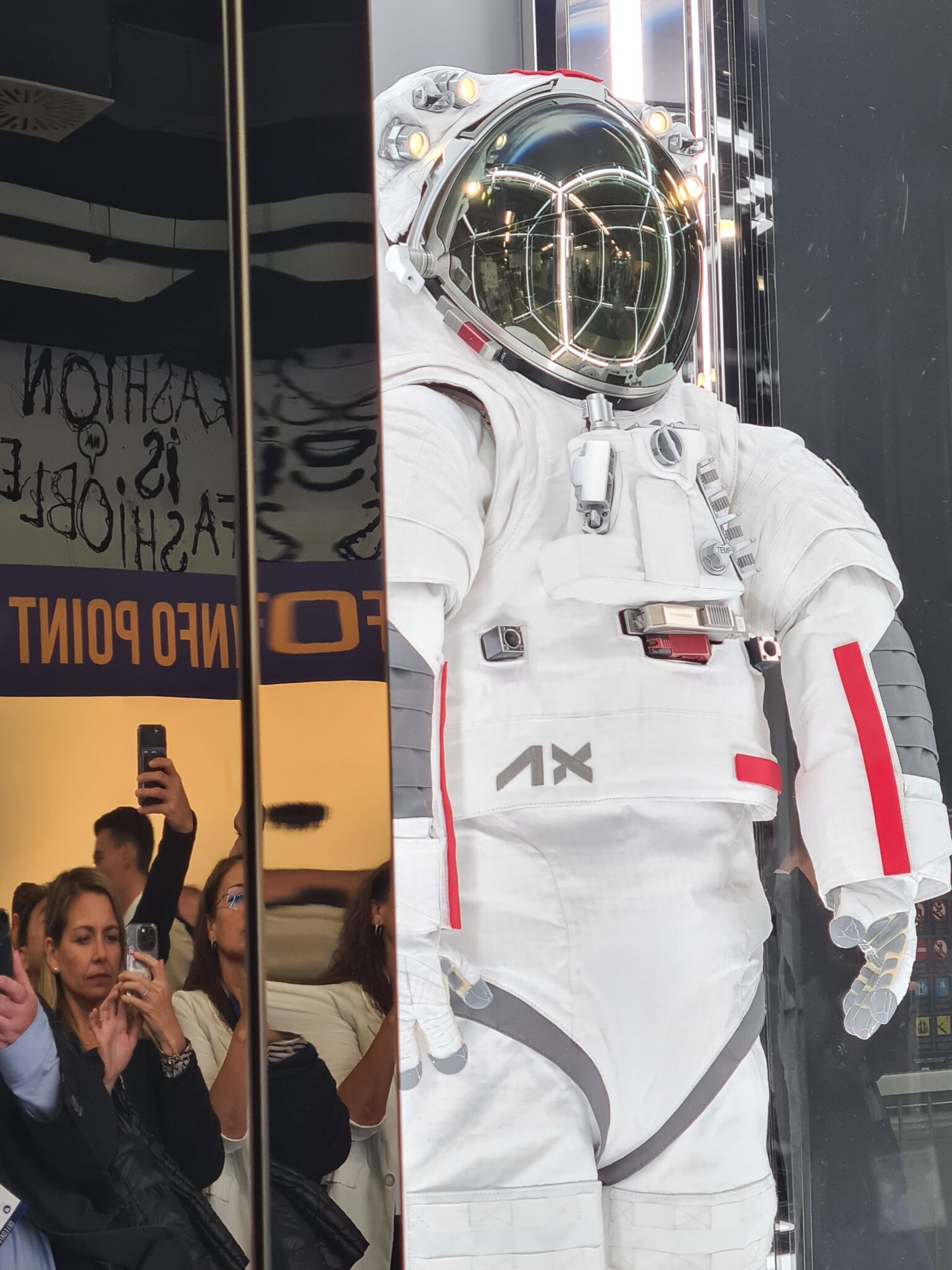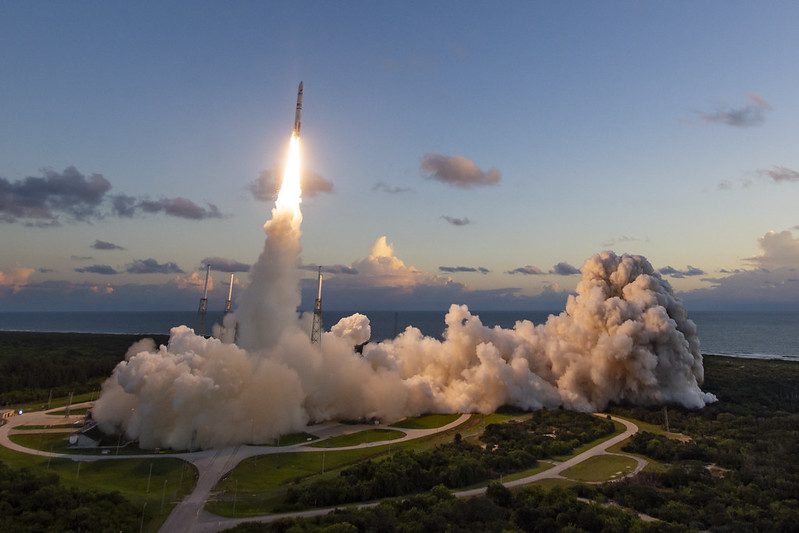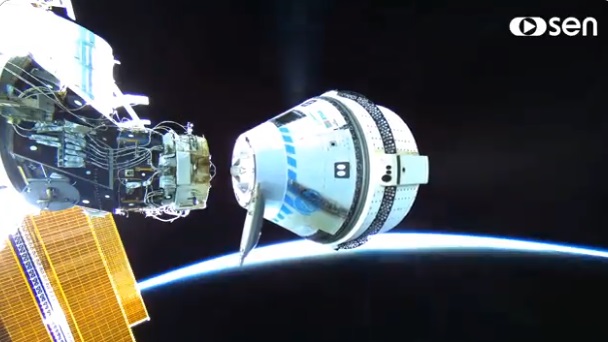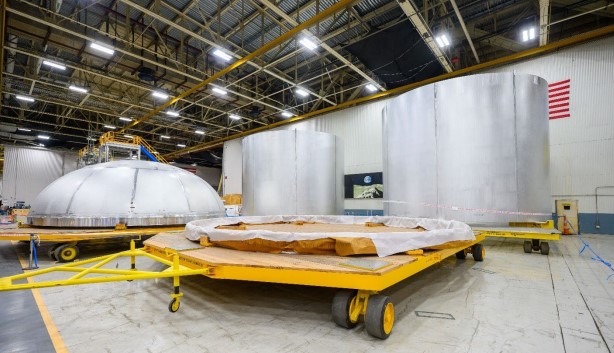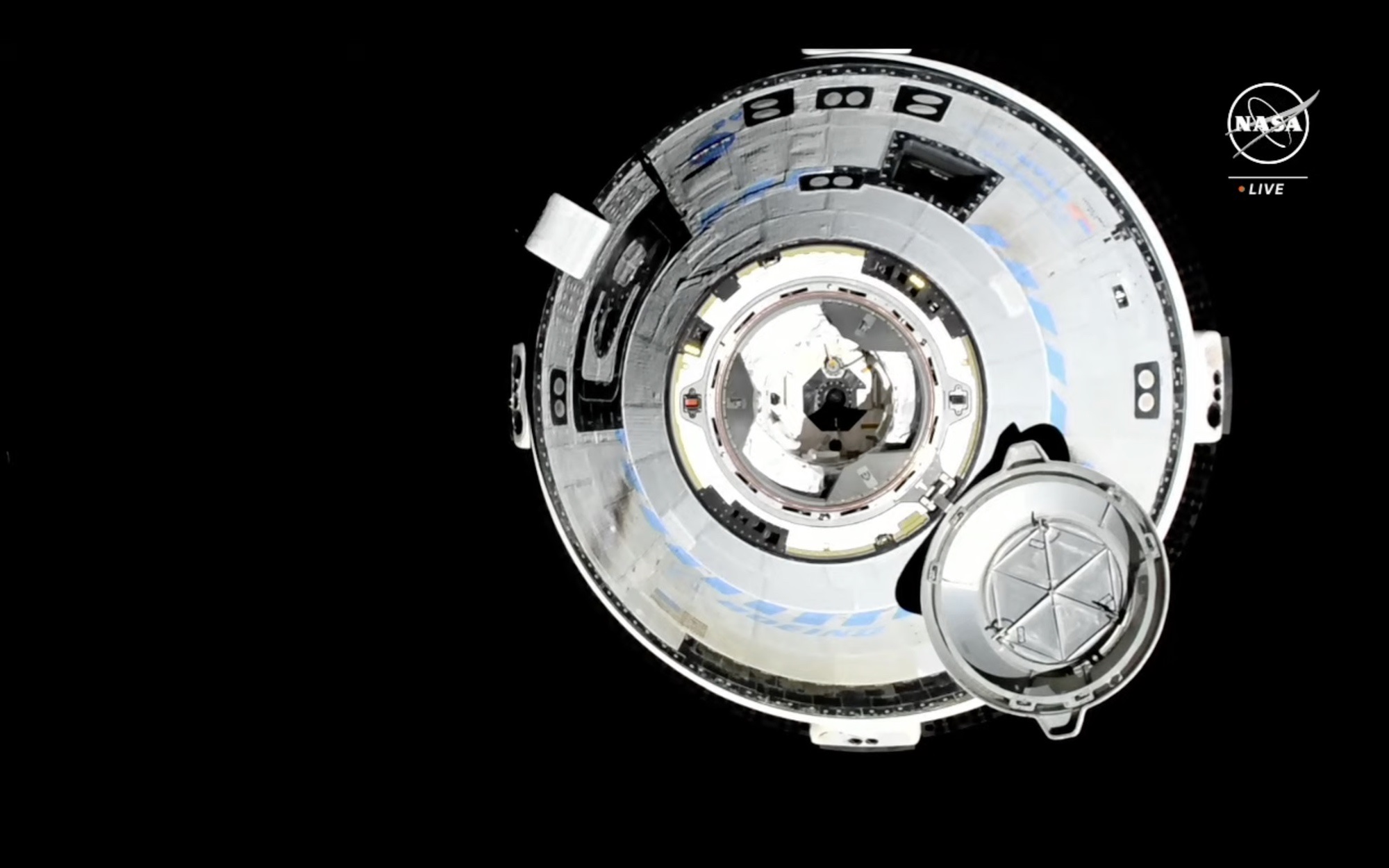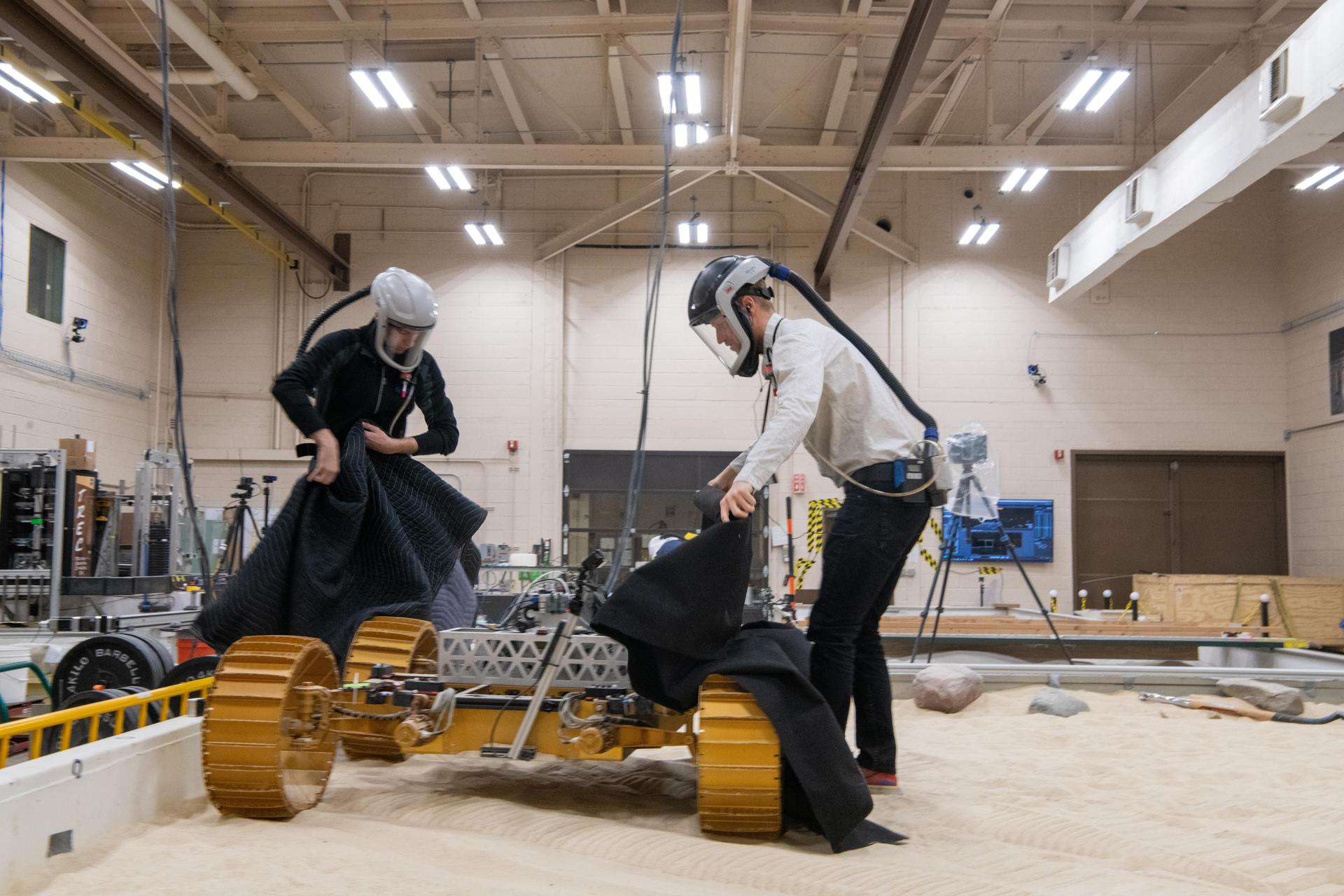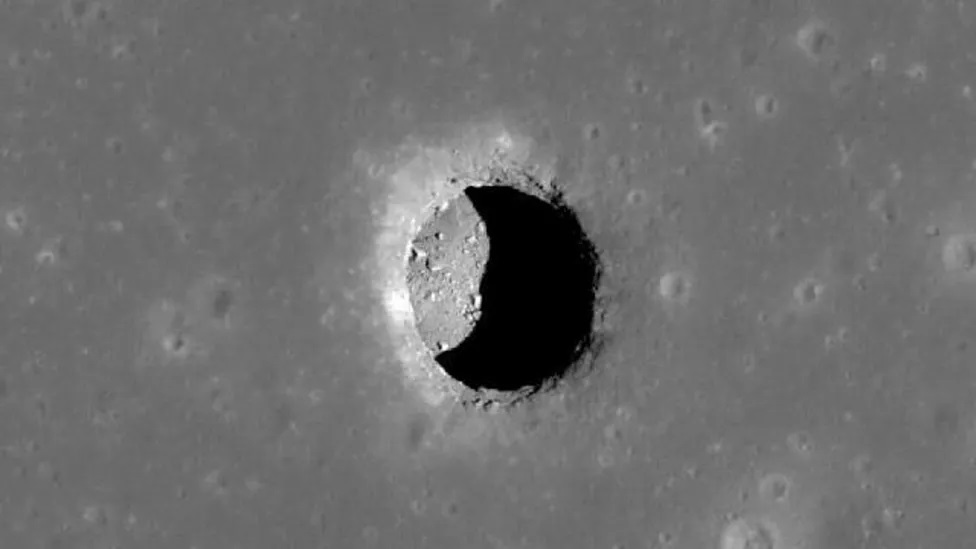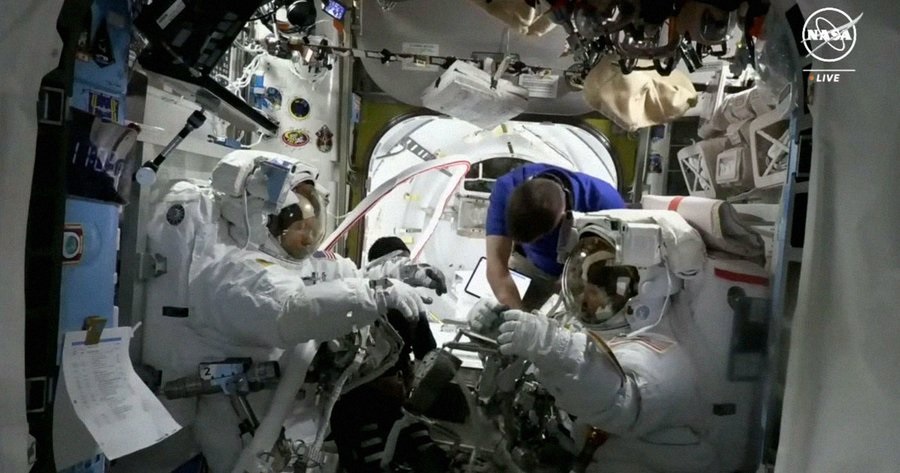While spaceflight has been previously of only minor interest to the leading pair of US Presidential hopefuls, Hillary Clinton (Democrat) and Donald Trump (Republican), a sudden realisation that to win the US Presidency both need to win the state of Florida has made space “sexy” again for both. In a US election individual votes only count in each state whose collegiate votes are then awarded to that state’s winner – mostly on the basis of “winner takes all”. The “space coast” state of Florida and the “bell weather” state of Ohio carry such large numbers of colleagiate votes each that Donald Trump has to win in both Florida and Ohio to have any real chance of winning the US Presidential election. To have any chance of winning Trump also needs to take the “cowboy” states of Arizona and Nevada.
Recent opinion polls show that Ohio is on a knife-edge, albeit with a tiny lead for Trump (at circa 0.3 per cent). Meanwhile Clinton maintains a healthier lead of four per cent in Florida – enough, given her support in other states, to get her safely home to the White House, with or without Ohio.
Trump has not done himself any favours in Florida, having insulted most of the (large) Hispanic population there both with his rhetoric and with his anti-immigration policy, albeit that they maybe less likely to vote than other segments of the population. Either way, it was no surprise that Donald Trump has decided to visit the state – although his planned trip to NASA’s Kennedy Space Center (KSC) was cancelled over apparent NASA objections to his campaign’s potential use of the NASA logo in photo opportunities (NASA is famous/infamous for the enforcement of restrictions on the commercial use of its insignia).
There are two other candidates standing, Gary Johnson (Libertarian) and Jill Stein (Green) but neither has much chance of winning – though they might influence the final result by drawing off support from the two leaders.
So what are the actual space policies of the two main candidates? While Donald Trump is more famous for espousing his policies on reducing immigration and for preferring to give funding to “fix the potholes” rather than funding long-range space exploration, his policy on space actually closely mimicks the current administration’s stance of being supportive to the public-private partnership elements of space activities.
In a recent e-mail interview in Space News given to both the main candidates, Donald Trump is especially fulsome in his praise of the commercial resupply (and planned crew) missions to the International Space Station (ISS) which are funded by NASA. Both Trump and Clinton note the key role that the US Space Programme has in the defence of the nation.
Hillary Clinton, in being part of the current Obama administration as Secretary of State for a large portion of time, remains broadly supportive of its support for commercial space activities, its decision to build the SLS rocket system (which was, in fact, forced on the administration by the US Senate), and for the plan to reach Mars via various asteroid exploration options (even though the majority of the US Congress opposes the so-called Asteroid Redirect Mission and would prefer to return US astronauts to the Moon).
Both Trump and Clinton note the benefits of commercial space activity to other industries and to the general public. They differ however, on global warming/climate change with Trump being more of a sceptic, while Clinton goes out of her way to note NASA’s achievements in monitoring this using their (and NOAA’s) Earth observation spacecraft.
When it comes to their personal views about manned exploration, in the same e-mail interview, Clinton has admitted that she once, as a child, wanted to be an astronaut. Meanwhile, Trump has admitted that the day Neil Armstrong stepped on the Moon in 1969 was a day he felt proud to be an American. Having said that Trump promises a “full review” of the current US Space Programme to make sure it is giving value for money and to set its priorities.
Comment by David Todd: Both main presidential candidates do not really show their hands when it comes to space exploration. One suspects however, that Donald Trump will be the more revolutionary in respect of using private firms for the US national space effort, well – as long as he does not get envious of those private firms benefitting from NASA’s largesse.
One other thing. While Trump’s earlier claims of an electoral fix are probably wrong (albeit that some States’ electronic non-paper voting systems and voter registration systems are allegedly not secure or accurate enough) there does appear to have been a “conspiracy of the media” against him. This has even led to some underreporting of just how close this electoral race is with some media outlets deliberately “cherry-picking” those opinion polls that showed him behind. The public support for both the main candidates across the US is actually very evenly split, even if the electoral college system does favour the Clinton side – see here for the latest polls.
Update on 30 October 2016: Given that both sides have had damaging allegations made against them – Trump’s alleged past misconduct with women and his apparently very sexist views, and Clinton’s very suspect choice of e-mail server and the renewed FBI investigation over them – the race remains very close, especially in the key “swing” states where this election will be won and lost. It is thus still entirely possible for Trump to win, especially if he gets his vote out in the key swing states and Clinton does not.
Updated on 06 November 2016: Getting close to the election now. It also remains entirely possible for one candidate to win the popular vote (the most actual votes) while actually losing the whole election via the stage collegiate voting system. This famously happened to Al Gore against George W. Bush in the election of 2000.
Trump has the most recent momentum – especially in the “swing states” such as Ohio and Florida, with even smaller Eastern states such as Maine and New Hampshire likely to fall to him. Nevertheless Clinton has the early voters. For example, it has been reported that there has been increased turn out of Latin American “early voters” in the swing states of Nevada and Arizona which may be enough for Clinton’s lead to have already become be insurmountable there despite recent polls belatedly showing Trump with a majority support. The news of the increased turn out of the Latin-American early voters might actually encourage Anglo-Saxon voters to turn-out for Trump whether they like him or not: their slightly xenophobic but logical reasoning being that this could be their “last chance” to prevent further immigration from Latin-American countries such as Mexico. Without Nevada and Arizona, Trump would need some normally “blue” (Democrat-voting) states to vote for him. One of these is Colorado which is said to be moving towards Trump.
Note: the writer of this article has bet on Donald Trump to win the US Presidency at odds of 4-1 (these odds have since contracted somewhat) although that does not mean he is a fan of his style. Mind you, when it comes to good governance it is really substance and good policies that count for more than an attractive personality.
UPDATE on 9th November 2016: Trump wins the election which was declared on morning of 9th November. He won by taking Florida and Ohio…and while he lost in Nevada, he unexpectedly took the very important state of Pennsylvania. Clinton won the popular vote though.

